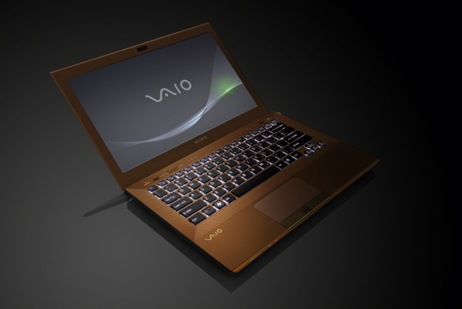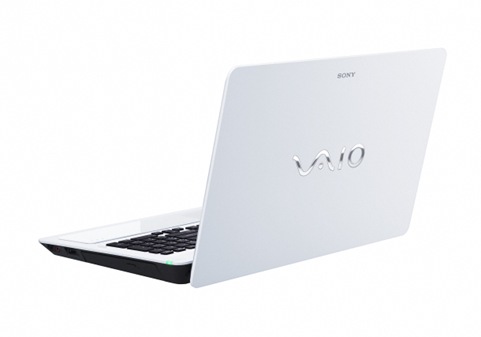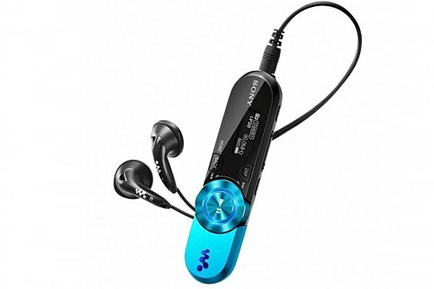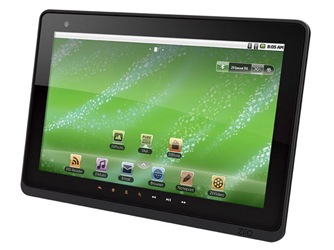 Alienware�s M11x has always been something of a marvel. The first product to transform the concept of gaming laptop from a contradiction-in-terms into genuinely portable reality, the M11x was, and still is, the only 2kg gaming laptop truly worthy of the name.
Alienware�s M11x has always been something of a marvel. The first product to transform the concept of gaming laptop from a contradiction-in-terms into genuinely portable reality, the M11x was, and still is, the only 2kg gaming laptop truly worthy of the name.
Now in its third generation, Alienware�s gaming pipsqueak looks the same as ever. The all-black chassis is still gorgeous, the Alien FX lighting beaming out from beneath the keyboard and spilling out of the grilles on either edge. At 2kg, it�s remains a good deal more portly than your average ultraportable, but the pay-off is bombproof build quality. The thick base is fiendishly stiff, and the lid feels stout and largely flex-free.
Beneath that understated exterior, Intel�s second-generation Core processors now take pride of place. There�s a choice between Intel�s 1.4GHz Core i5-2537M and, for a �150 premium, the 1.5GHz Core i7-2617M. Our review unit came with the Core i5 CPU, 4GB of DDR3 RAM and a 256GB SSD. And, while that price at the top of the page looks obscene, fear not. Dump the �530 SSD and the price drops to a far more reasonable �969.
The Intel Core processors have made a big impact. A small amount of overclocking is possible in the BIOS � no more than 3% of the CPU�s base clock � but it�s no longer an essential part of the M11x�s personality: with Turbo Boost 2 kicking into action, the Core i5-2537M in our review unit boosted right up to 2.3GHz when required.
That�s power enough to earn the little M11x R3 a reasonable 0.49 in our application benchmarks. Admittedly, that�s some way behind the score of our reference PC, which sports a 3.4GHz Core i7-2600K, but still quite fast enough for most purposes.
Shift your attention from spreadsheets to first-person shooters, though, and the M11x relishes the challenge. With Nvidia�s GeForce GT 540M alongside the new Sandy Bridge processor, the Alienware scythed through our Low quality Crysis test at a blistering average speed of 80fps. More notable is the M11x�s ability to almost handle Crysis at High quality. At the screen�s native resolution of 1,366 x 768, this gaming monster is capable of racking up an average frame rate of 25fps. Pushing average frame rates, which are more than 20% quicker than the last generation, the M11x R3 is a genuinely capable gaming platform.
Such performance would normally see most gaming laptops falter away from a mains socket, but even here the M11x R3 impresses. Nvidia�s GeForce GT 540M chipset launches forth where 3D grunt is required, and Nvidia�s Optimus graphics-switching technology allows Intel�s HD Graphics 3000 chipset to take the reins for power-efficient desktop duties.
With a huge 63wh battery concealed behind the removable metal panel on the Alienware�s underside, the Intel graphics allowed the M11x R3 to cling on for 11hrs 5mins in our light-use battery test. Gaming sees that figure tumble: with screen brightness at maximum, Wi-Fi off and the CPU and GPU running flat out, we managed to play through 1hr 15mins of Crysis. If gaming on battery power is high on the agenda then you�ll just have to drop the display brightness and reduce the detail settings.
If there�s one area where the M11x stubbornly hasn�t improved, it�s in the quality of its display. We�re not overly concerned by the 1,366 x 768 pixel resolution � anything higher would result in uncomfortably small pixels on an 11.6in display � but the image quality is mediocre. Narrow vertical viewing angles left us tilting the display back and forth, and the tiny sweet spot leaves even small head movements resulting in noticeable contrast shifts. Our subjective experience was backed up by some woeful figures: with a maximum brightness of 219cd/m2 and a contrast ratio of only 212:1, the M11x R3�s panel is decidedly below par.
The keyboard is better, though. The keys are finished in a silky, semi-rubberised finish, and each one depresses with a pleasingly crisp action, whether it�s for split-second gaming or typing out an email, it�s well on song.
Connectivity also hits the mark. Two USB 3 ports are positioned next to the twin headphone outputs on the right-hand edge, while FireWire, an SD/MMC, Memory Stick card reader and Gigabit Ethernet line up on the left, flanked by DisplayPort and HDMI 1.4. That�s pretty much all we could ask for in any ultraportable.
Our review unit also crammed in Bluetooth 3 plus single-band 802.11n wireless, and it�s possible to upgrade to a dual-band 802.11n radio for a �20 premium. In fact, the only omission is 3G. Although there�s a handy SIM slot next to the card reader, there�s currently no option on Dell�s site to specify mobile broadband as standard.
We�ll make no bones about it: the M11x R3 is a devilishly tempting purchase. Few laptops are capable of treading that line between portability and gaming power with such panache, and while the display is a disappointment, it isn�t enough to destroy its appeal. Junk the overpriced SSD and the Alienware M11x R3 is just under �1,000 of unadulterated gaming-friendly fun. If we had the money, we�d buy one.
Author: Sasha Muller
PCPro
 Consumers spent Tuesday morning bashing Sony Ericsson and AT&T for announcing today that it has begun upgrading Xperia X10 phones to Android 2.1, or "Eclair"�the version of Android launched in January 2010.
Consumers spent Tuesday morning bashing Sony Ericsson and AT&T for announcing today that it has begun upgrading Xperia X10 phones to Android 2.1, or "Eclair"�the version of Android launched in January 2010. 















